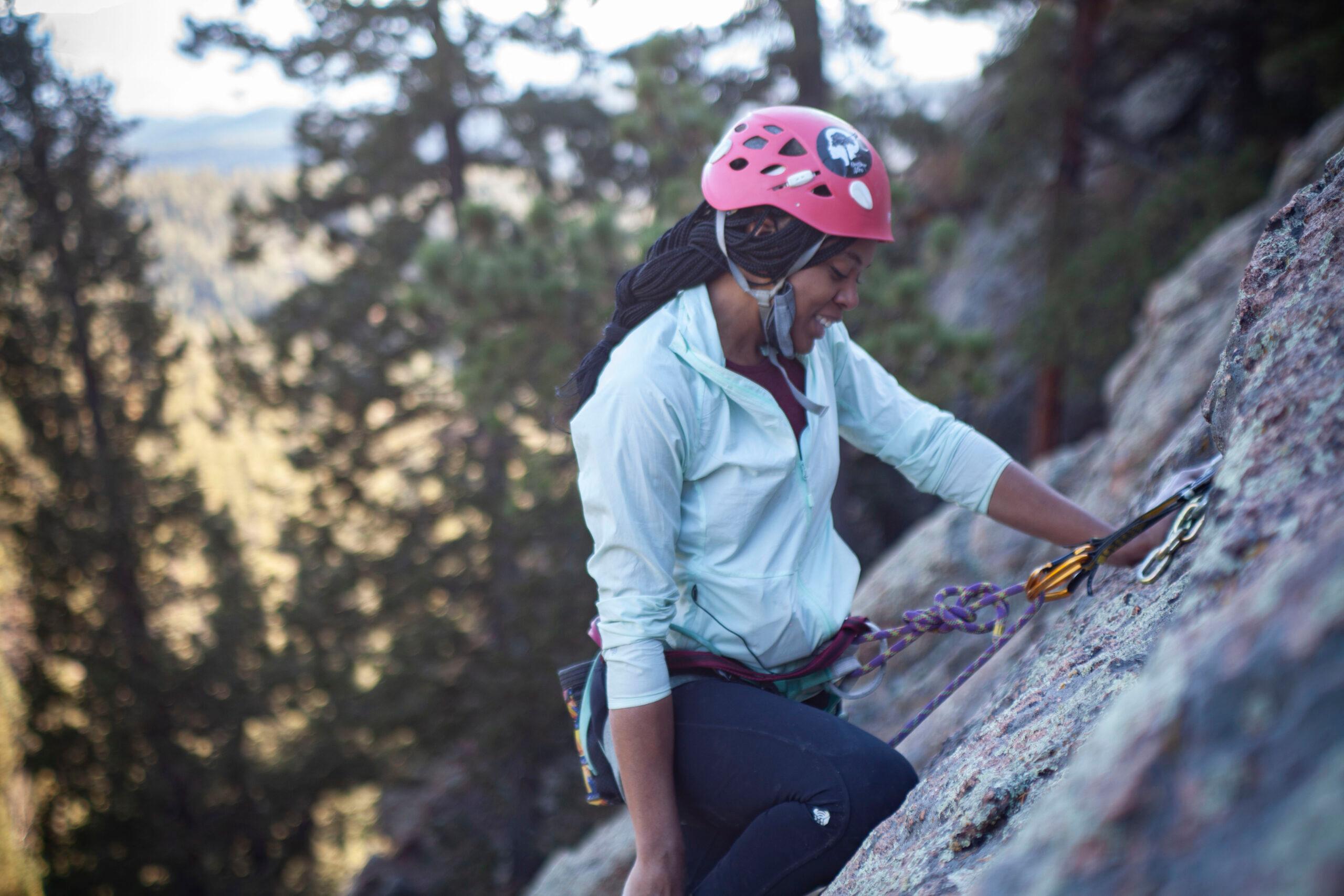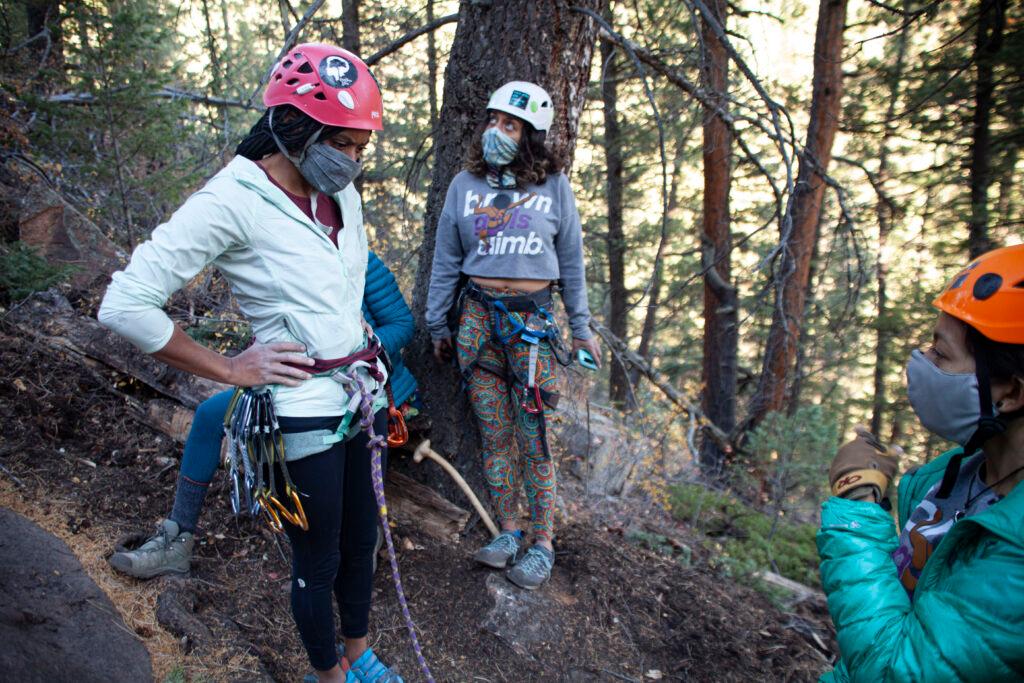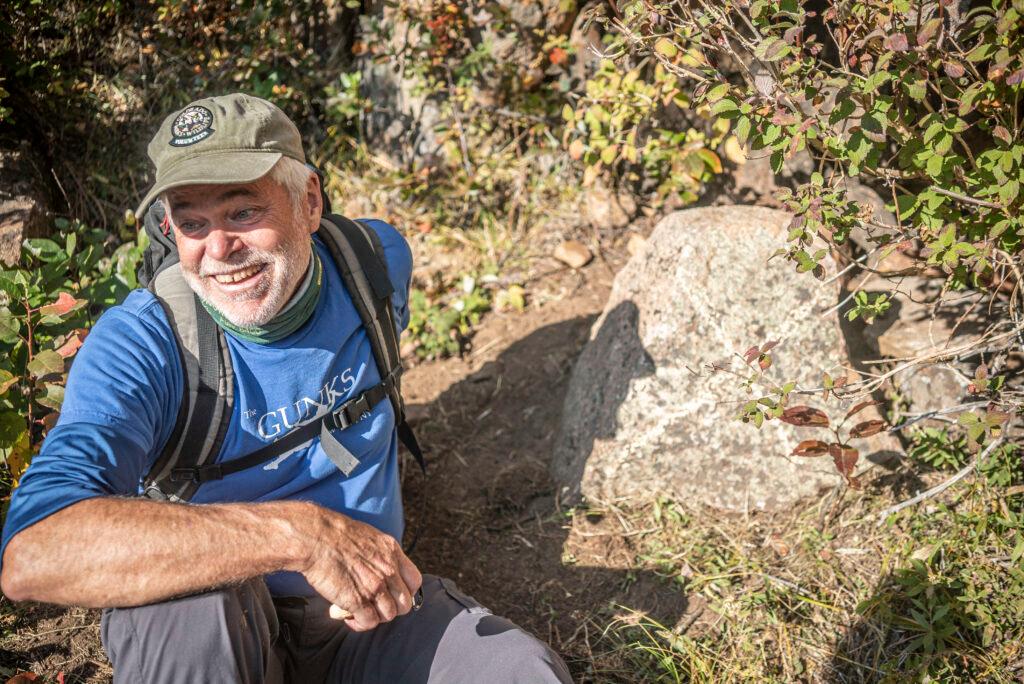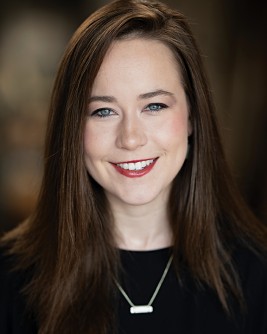
Staunton State Park, southwest of Denver, has a new sport climbing route. That’s the kind of rock climbing route with anchors permanently bolted into the rock so that climbers can clip in with carabiners for protection as they go. The folks who set that route are on a mission to make rock climbing more inclusive.
Alan Prehmus is a longtime volunteer with the park and has been setting routes since he moved to Colorado in the 90s.
“At that time I was climbing a lot in the South Platte area, and there weren't very many easy routes out there. There were some really hard routes, and there were some easy routes that were horrifically protected,” Prehmus said. “So I got myself a drill, and I went out and established a couple of easy climbs.
He also wants to see challenging routes made safer for people of all body types, not just the stereotypical lanky guy who can reach a long way to the next anchor. He recalled recently watching several women climb a route far beyond his own ability.
“The first woman to give it a try got through the hard part, and then there was a 12-foot gap between bolts. She looked at that gap and said, ‘I'm not doing that,’” he said.

It’s not surprising that sport climbing routes are geared toward white men’s bodies since it’s mostly white men who set the routes, he said.
“In general, I don't know as many women developing routes, nor any women of color,” Prehmus said. “I thought, yeah, maybe I could try and do something.”
What he did is send an email to Lam Thuy Vo in New York City, who has taught women to set climbing routes indoors and leads Try Hard Crew, a meetup group for women and gender nonbinary climbers. He found her through a video she produced about bringing diversity to route setting in climbing gyms.
“It was very charming to some degree and also really funny,” Vo said. “I get this email … ‘Hi. I wonder how I (as an old white male) can make new outdoor routes more female-friendly?’”
That led to Vo as well as her friend and fellow climber Tiffany Blount traveling to Colorado in October to set a route in Staunton State Park with Prehmus. They also led a community event to discuss making rock climbing more inclusive.

Blount, a competitive climber who lives in New Jersey, leads Black Girls Boulder. She and Vo said that when they started climbing they struggled to find community outdoors and at the rock gym.
“(At competitions) you can count on one hand how many Black girls are climbing. So for me, it's very alienating, but I've kind of fought past it,” she said.
Vo said much of climbing culture is subject to “the tyranny of the loudest.”
“The people who are the boldest, who feel like it has to be a replica of a high school setting, where the strongest and meanest dudes, oftentimes a very homogenous type of granola white dude, come in and poison the atmosphere,” Vo said. “That seemed to be a thing that I felt very strongly when I came into the climbing gym ... it took me quite some time to find community.”
Both women have started organizations to create welcoming spaces for diverse climbers. However, the overall lack of diversity among people who set routes in gyms and outdoors manifests in other ways.

“In particular, there are really horrible racist names that have been put to these routes,” Vo said.
Those names are then listed in guidebooks and online. Like Prehmus, she also pointed out that the protective anchors on many sport routes are set in ways that are unsafe for shorter climbers.
She summed it up, saying, “Basically, a lot of the ways in which these routes have been developed, never really took into consideration the kinds of needs that someone like me, a short, 5-foot-2 woman of color would have.”
Blount said that climbing is a form of stress relief for her, and setting a route outdoors was a relief after the pandemic made climbing in rock gyms difficult or impossible.
“I found the idea of going and making a puzzle piece out of a really large wall on the side of a mountain to be the most incredible opportunity. I can't tell you the amount of joy of finishing the route and bolting that last hole,” Blount said.
They’re considering naming the new route “Patterson’s Pitch” after Mary Jane Patterson, one of the first Black women to receive a bachelor’s degree.

Colorado climber, Monserrat Alvarez Matehuala, was among the first to ascend the new route.
“It was personally really amazing to climb a route that was set by two women of color," Alvarez Matehuala said "I'm hoping that our communities continue to carve and create spaces, and for folks that have those resources, have that power, have those privileges, stepping to the side and giving up those resources and sharing of knowledge so that our folks can continue to develop their own roles.”
Rock climbing’s accessibility is a systemic problem, and the way Vo sees it, the route they set is a step toward changing that.
“For me, changing a system is the most thrilling thing in the world," Vo said. "So one of the smallest things that we were able to do was that actually out of that discussion, at least two women of color are now working with Alan to build more routes outside.”








